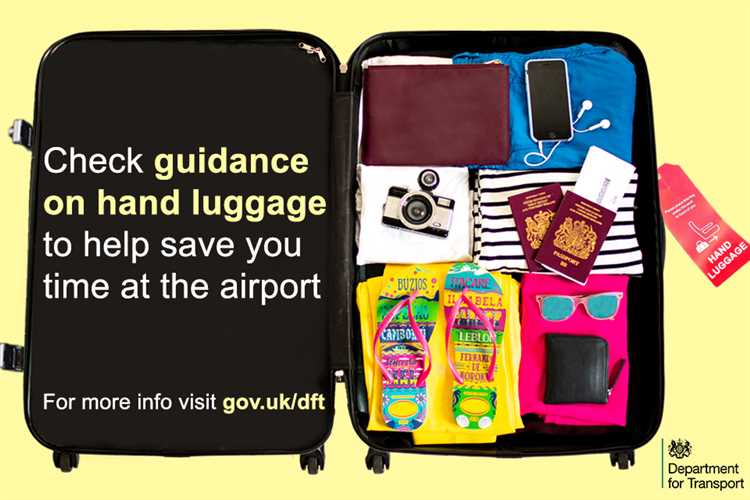
When it comes to airport security, one of the most common questions travelers have is whether or not their bags can be checked by security. This concern is understandable, as no one wants their personal belongings to be rifled through or confiscated. In this article, we will explore everything you need to know about airport security and the processes they use to check your bags.
Airport security is a crucial part of the travel experience, aimed at ensuring the safety of passengers and preventing any potential threats. Baggage screening is one of the primary methods used by airport security to maintain a secure environment. Screening machines are designed to detect any prohibited items that may pose a risk to the aircraft or the passengers.
During the screening process, your bags will go through an X-ray machine to inspect the contents. The security officers will be looking for any signs of suspicious items, such as weapons, explosives, or liquids exceeding the acceptable limit. If they detect any irregularities, they may request further inspection of your bag, either through manual searches or additional screening techniques.
It is important to note that airport security has strict guidelines and protocols in place to protect your privacy and ensure that your belongings are handled with care. Your bags will generally not be opened or searched without your presence, unless there is a valid reason to do so. If your bag needs to be manually searched, a security officer will be present throughout the process to maintain transparency and integrity.
In conclusion, airport security can check your bag as part of their efforts to maintain a safe travel environment. However, rest assured that your privacy and personal belongings are protected throughout the screening process. By understanding the procedures involved in bag checking, you can be better prepared and have a hassle-free experience at the airport.
Understanding Airport Security Checks
Airport security checks are an essential part of the travel experience. They are designed to ensure the safety and security of passengers and airline personnel. Understanding how these checks work can help you navigate the airport with ease.
There are several different types of airport security checks, each serving a specific purpose. The most common type of check is the passenger screening. This involves walking through a metal detector and having your carry-on bag scanned by an X-ray machine. In some cases, you may also be selected for a random pat-down search.
In addition to passenger screenings, airports also conduct checks on checked baggage. This is done using explosive detection systems, which use a combination of X-rays and chemical analysis to detect suspicious materials. Baggage that is flagged as potentially containing dangerous items may be subject to further inspection.
It is important to note that airport security checks are not meant to be invasive or intrusive. They are simply meant to ensure the safety of all individuals traveling through the airport. To make the process smoother, it is recommended that you arrive at the airport early and follow all instructions given by security personnel.
If you have any concerns or questions about airport security checks, it is best to contact the airport or airline directly for clarification. They will be able to provide you with the most up-to-date information and ensure that your travel experience is as smooth as possible.
- What Can and Can’t You Bring in Your Carry-On?
- Permitted Items:
- Prohibited Items:
- Prohibited Items in Checked Baggage
- Liquids, Gels, and Aerosols
- Weapons and Dangerous Items
- How Are Bags Screened at Airport Security?
- 1. X-Ray Screening:
- 2. Manual Inspection:
- 3. Explosive Detection Technology:
- 4. Canine Screening:
- 5. Random Bag Checks:
- What Happens if Your Bag is Flagged?
- What can flag your bag?
- What should you do if your bag is flagged?
- Question-answer:
- Is it legal for airport security to check your bag?
- What items are not allowed in your carry-on bag?
- What happens if airport security finds something illegal in your bag?
- Can airport security open your locked bag?
- What should I do if airport security damages my bag during inspection?
What Can and Can’t You Bring in Your Carry-On?
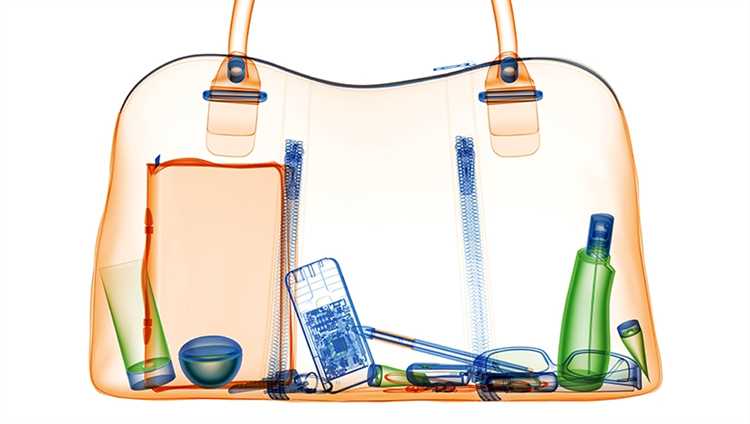
When preparing for a flight, it’s important to know what items you can and can’t bring in your carry-on bag. Adhering to these guidelines not only ensures your convenience but also supports airport security measures. Here are some key things to keep in mind:
Permitted Items:
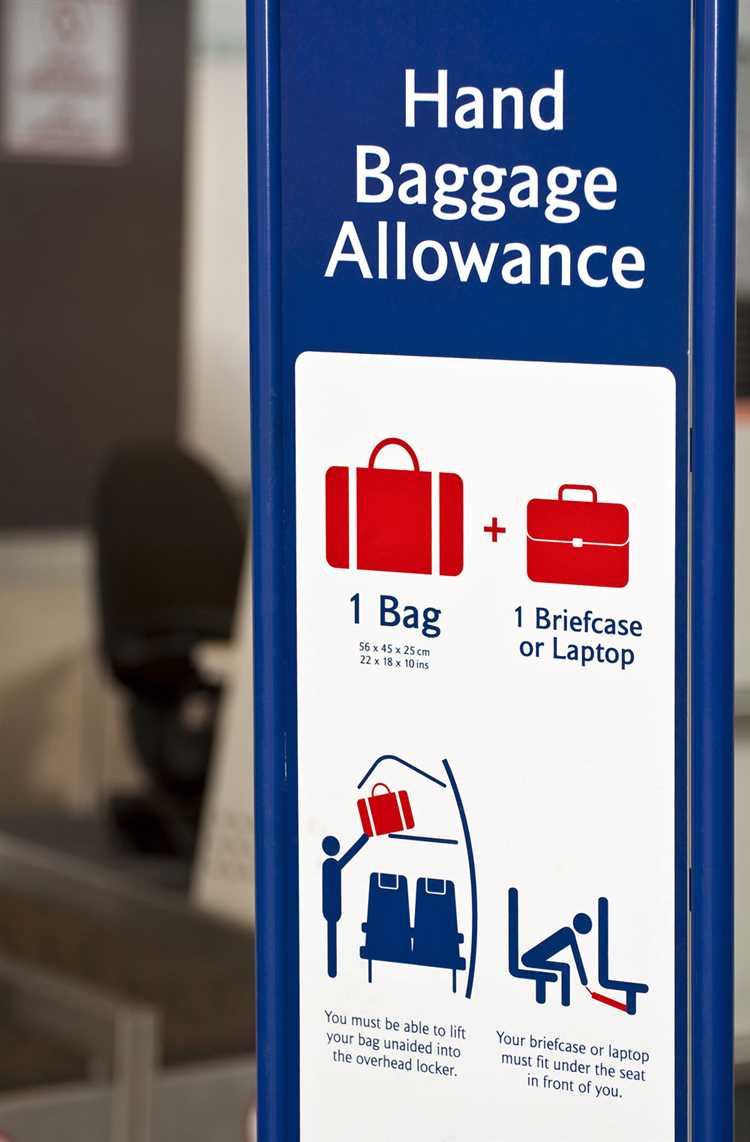
- Electronic devices such as laptops, smartphones, and tablets
- Personal items such as wallets, keys, and passports
- Medication and medical supplies (make sure to carry prescriptions and documentation)
- Liquid items in containers of 3.4 ounces (100 milliliters) or less, placed in a clear, quart-sized, resealable bag
- Solid food items such as sandwiches and snacks
- Books, magazines, and other reading materials
- Disposable razors with blade guards
- Umbrellas (checked if too large or heavy)
Prohibited Items:
- Firearms, including replicas and ammunition
- Explosives, including fireworks, flares, and hand grenades
- Knives, including pocket knives and utility knives
- Tools, including wrenches, screwdrivers, and pliers
- Sharp objects, including scissors and box cutters
- Sporting goods, including baseball bats and hockey sticks
- Liquid items exceeding 3.4 ounces (100 milliliters)
- Flammable items, including gasoline and lighter fluid
- Hazardous materials, including chlorine and bleach
It’s important to note that these restrictions are subject to change, so it’s recommended to check with your specific airline and the Transportation Security Administration (TSA) for the most up-to-date information. By knowing what you can and can’t bring in your carry-on, you can ensure a smooth and hassle-free travel experience.
Prohibited Items in Checked Baggage
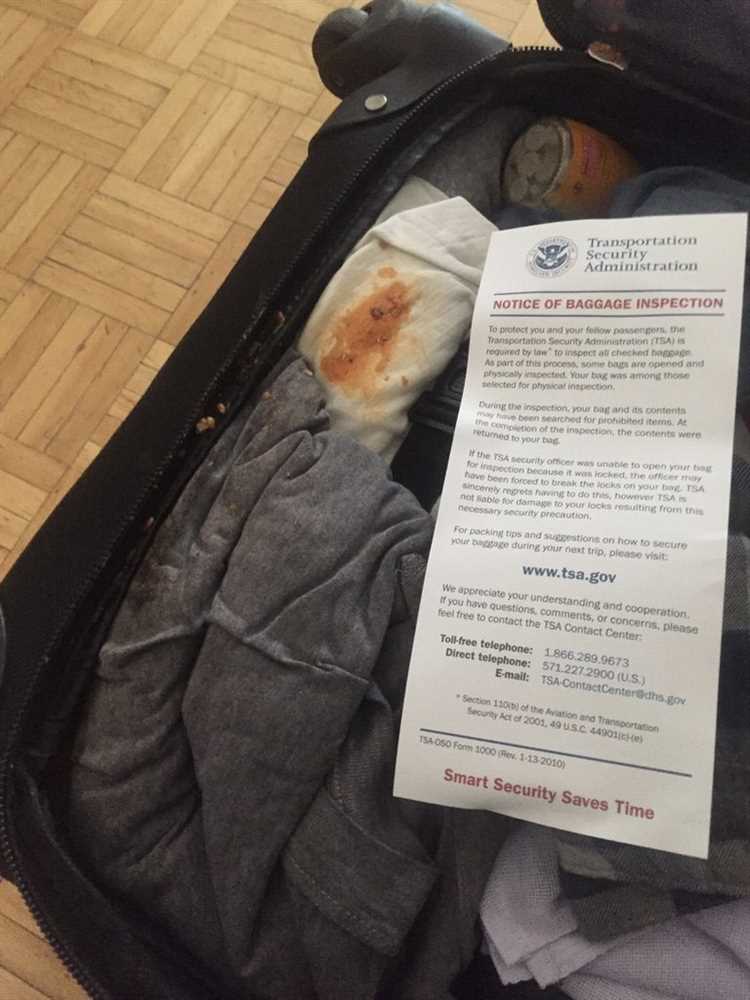
When traveling by air, it’s important to be aware of the items that are not allowed in your checked baggage. These items are considered a potential safety risk and are prohibited by airport security.
Liquids, Gels, and Aerosols
Most liquids, gels, and aerosols are only allowed in containers that hold 3.4 ounces (100 milliliters) or less. These containers must be placed in a clear, resealable plastic bag. However, there are certain items that are completely prohibited, such as flammable liquids, corrosive substances, and explosive materials.
Weapons and Dangerous Items
Weapons of any kind, including firearms, ammunition, and explosive devices, are strictly prohibited in checked baggage. This includes replica or toy weapons that may resemble real weapons. Additionally, dangerous items such as sharp objects, flammable substances, and hazardous materials are not allowed.
| Prohibited Items | Examples |
|---|---|
| Firearms and ammunition | Handguns, rifles, bullets |
| Explosive materials | Dynamite, fireworks |
| Flammable liquids | Gasoline, lighter fluid |
| Corrosive substances | Bleach, acids |
| Sharp objects | Knives, scissors |
| Hazardous materials | Paints, chemicals |
It’s important to note that these are just a few examples of prohibited items. It’s always best to check with the specific airline and airport for a complete list of items that are not allowed in checked baggage. Violating these rules may result in serious consequences, including fines and legal action.
How Are Bags Screened at Airport Security?
When you check your bag at airport security, it goes through a complex screening process to ensure the safety of all passengers. Here is a step-by-step breakdown of how bags are screened:
1. X-Ray Screening:
The first step in the bag screening process is the use of x-ray machines. Bags are placed on a conveyor belt and pass through a large x-ray scanner. This scanner creates an image of the bag’s contents, allowing security officers to spot any potential threats or prohibited items.
2. Manual Inspection:
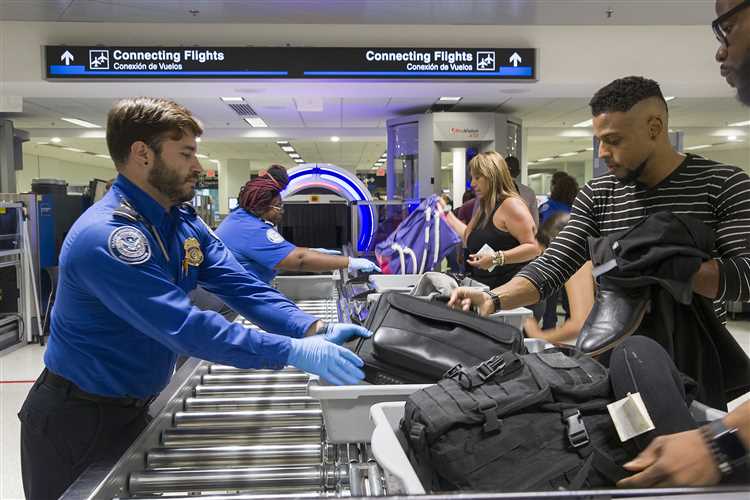
After the x-ray screening, bags that raise suspicion undergo a manual inspection. Security officers will open the bag and visually inspect its contents. They may also use handheld detectors to check for explosives or other dangerous materials.
3. Explosive Detection Technology:
In addition to x-ray screening and manual inspection, some airports use explosive detection technology to further enhance security. This can include swabbing bags or items for traces of explosives, or using specialized machines to analyze the air inside the bag for any signs of explosive materials.
4. Canine Screening:
At certain airports, specially trained dogs may be used to detect explosives or other prohibited substances. These dogs have an incredible sense of smell and can quickly and accurately identify potential threats.
5. Random Bag Checks:
To ensure thorough screening, airports also conduct random bag checks. This means that even if your bag has passed all previous screening steps, it may still be randomly selected for further inspection.
Overall, the bag screening process at airport security is designed to prioritize passenger safety. By using a combination of technology, visual inspection, and canine screening, airports aim to identify and prevent any potential threats from entering the aircraft.
What Happens if Your Bag is Flagged?
When you go through airport security, there is a chance that your bag may be flagged for further inspection. This can happen for a variety of reasons, such as the presence of certain prohibited items or suspicious objects.
If your bag is flagged, a security officer will first ask you a series of questions to determine if there is a legitimate reason for concern. They may ask about the contents of your bag, where you packed it, and if you have any knowledge of any prohibited items. It’s important to answer these questions honestly and cooperatively.
Depending on the situation, the security officer may then swab your bag for explosive residue or run it through an X-ray machine again. They may also request to physically inspect the contents of your bag or ask you to remove specific items for closer inspection.
If the security officer discovers any prohibited items or objects that raise suspicion, they may confiscate them and potentially involve law enforcement authorities. In some cases, you may be subject to further questioning or investigations.
What can flag your bag?
There are several factors that can cause your bag to be flagged by airport security. Some common reasons include:
- Packed items that resemble weapons or explosives, such as toy guns or replicas
- Unusual or suspicious objects, like bulky electronics or strange-looking devices
- Anomalies in the X-ray image, such as densely packed items or organic materials that may appear suspicious
- Presence of prohibited items, such as liquids over the allowed limit or sharp objects
What should you do if your bag is flagged?
If your bag is flagged, it’s important to stay calm and cooperate with the security officers. Be prepared to answer their questions and follow their instructions. Remember to be honest and transparent about the contents of your bag. Avoid making any sudden movements or arguments that may escalate the situation further.
It’s also a good idea to familiarize yourself with the specific rules and regulations of the airport you are traveling through. This will help you know what items are allowed and prohibited, reducing the chances of your bag being flagged.
In the end, airport security’s primary goal is to ensure the safety of all passengers. While having your bag flagged can be inconvenient, it’s a necessary part of the security process. By following the rules and cooperating with the officers, you can help make the process smoother and faster.
Question-answer:
Is it legal for airport security to check your bag?
Yes, it is legal for airport security to check your bag. They have the authority to inspect the contents of your bag to ensure the safety of passengers.
What items are not allowed in your carry-on bag?
There are several items that are not allowed in your carry-on bag, such as weapons, liquids over 3.4 ounces, sharp objects, and explosives. It is always best to check with the specific airline and airport for a complete list of prohibited items.
What happens if airport security finds something illegal in your bag?
If airport security finds something illegal in your bag, they will follow certain procedures. They may either confiscate the item, involve law enforcement, or detain you for further questioning. The exact actions taken will depend on the nature of the item and the airport’s protocols.
Can airport security open your locked bag?
Airport security has the right to open a locked bag if they need to inspect its contents. If your bag is locked, they may request that you unlock it, or they may use tools to open it themselves. It is advisable to use TSA-approved locks, as these can be easily opened and relocked by security personnel.
What should I do if airport security damages my bag during inspection?
If airport security damages your bag during inspection, it is best to report the damage immediately. Speak to a security supervisor or airline representative at the airport and provide details of the incident. They may offer compensation or assistance in resolving the issue.